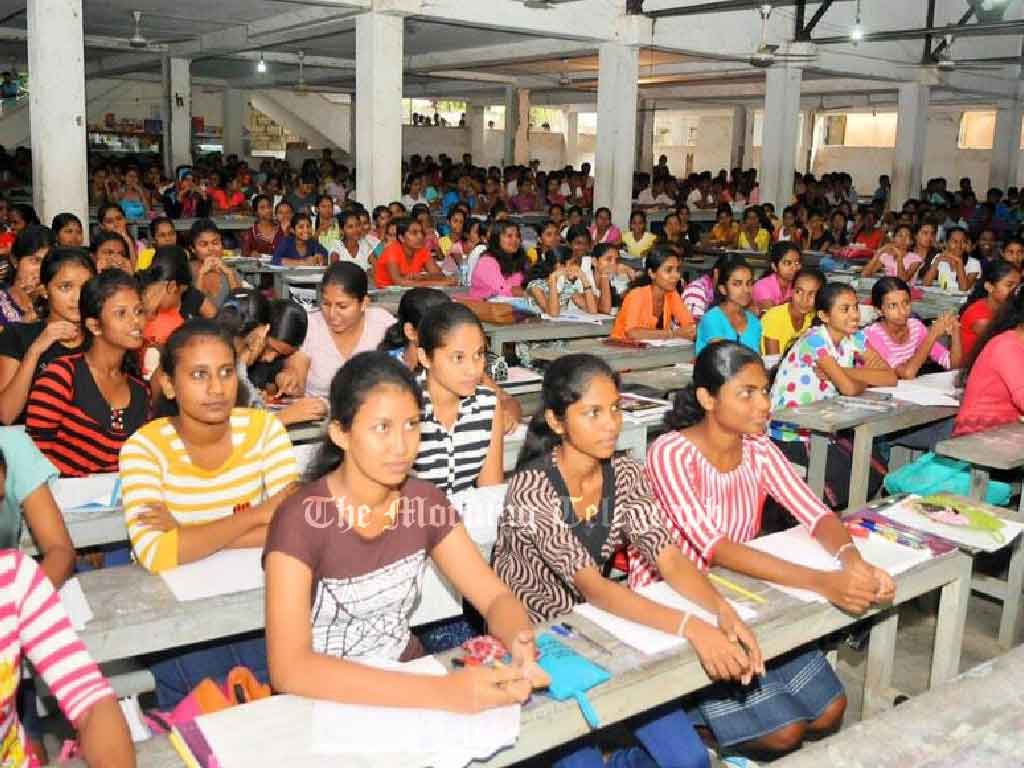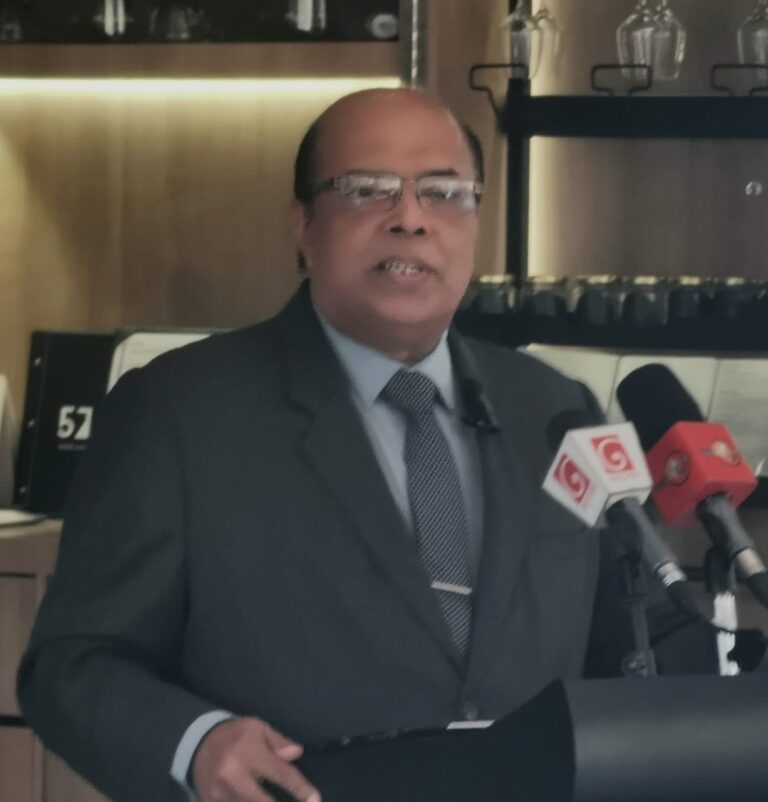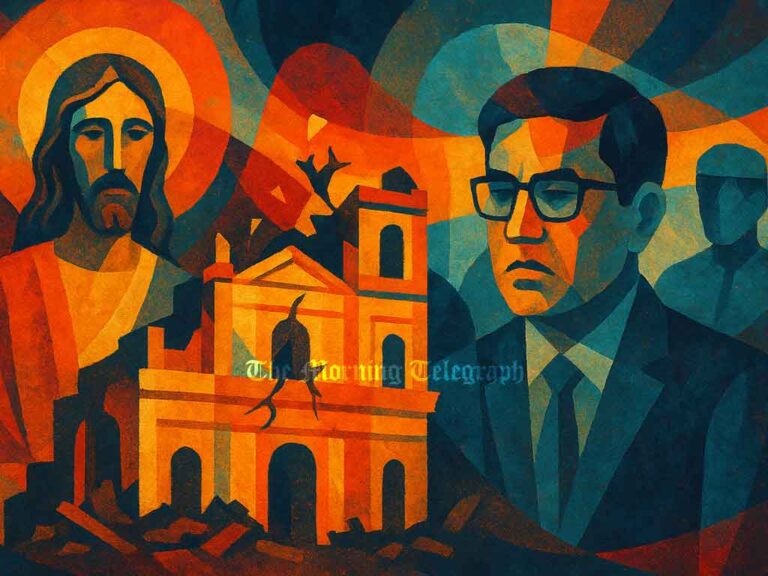
By Marlon Dale Ferreira
In a stark revelation of the deepening cracks in Sri Lanka’s public education system, the Lanka Teachers’ Union has sounded the alarm over an acute shortage of approximately 30,000 Advanced Level teachers, warning that the government’s inaction is plunging the sector into a full-blown crisis.
Union Secretary Joseph Stalin, addressing the media, emphasized that the burden is most severe in national schools within urban centers like Colombo, where thousands of students are left without adequate instruction in critical subjects such as science, mathematics, and information technology, particularly in the English medium. With existing teachers overwhelmed, Stalin warns that the academic futures of university-aspiring students hang in the balance.
But the crisis doesn’t end there.
According to Prime Minister Harini Amarasuriya, over 40,000 teacher vacancies currently exist nationwide, with 2,652 of those in national schools. Yet, despite acknowledging the problem, recruitment efforts remain stalled by bureaucratic inertia and legal red tape. The result? A growing reliance on the private tutoring industry to compensate for the public system’s failings.
And that’s no small shift.
Professor Wasantha Athukorala, Director of the Postgraduate Institute of Humanities and Social Sciences at the University of Peradeniya, reveals that the tuition sector has ballooned into a Rs. 210 billion-a-year behemoth. A staggering Rs. 80 billion of that comes from Advanced Level students alone. The demand for supplemental education is so high that informal night classes, often running past midnight, have become the norm, raising serious concerns about student stress, mental health, and the complete absence of regulatory oversight.
These private classes, many unregistered and untaxed, operate in a grey zone with no official monitoring, transforming what should be a temporary fix into a parallel education system fueled by desperation and inequality.
What should have been a well-resourced, state-backed path to higher education has morphed into a two-tiered system where access to quality instruction now hinges on a family’s ability to pay. The government’s silence on the issue, coupled with its failure to swiftly address the teacher shortage, is no longer just a policy oversight, it’s a generational betrayal.
As the formal education system crumbles under the weight of vacancies and inefficiencies, the country’s youth are being priced out of their futures and pushed into an unregulated industry that profits off the failure of the state. The question now is not whether reform is needed—but whether the will to act still exists.




